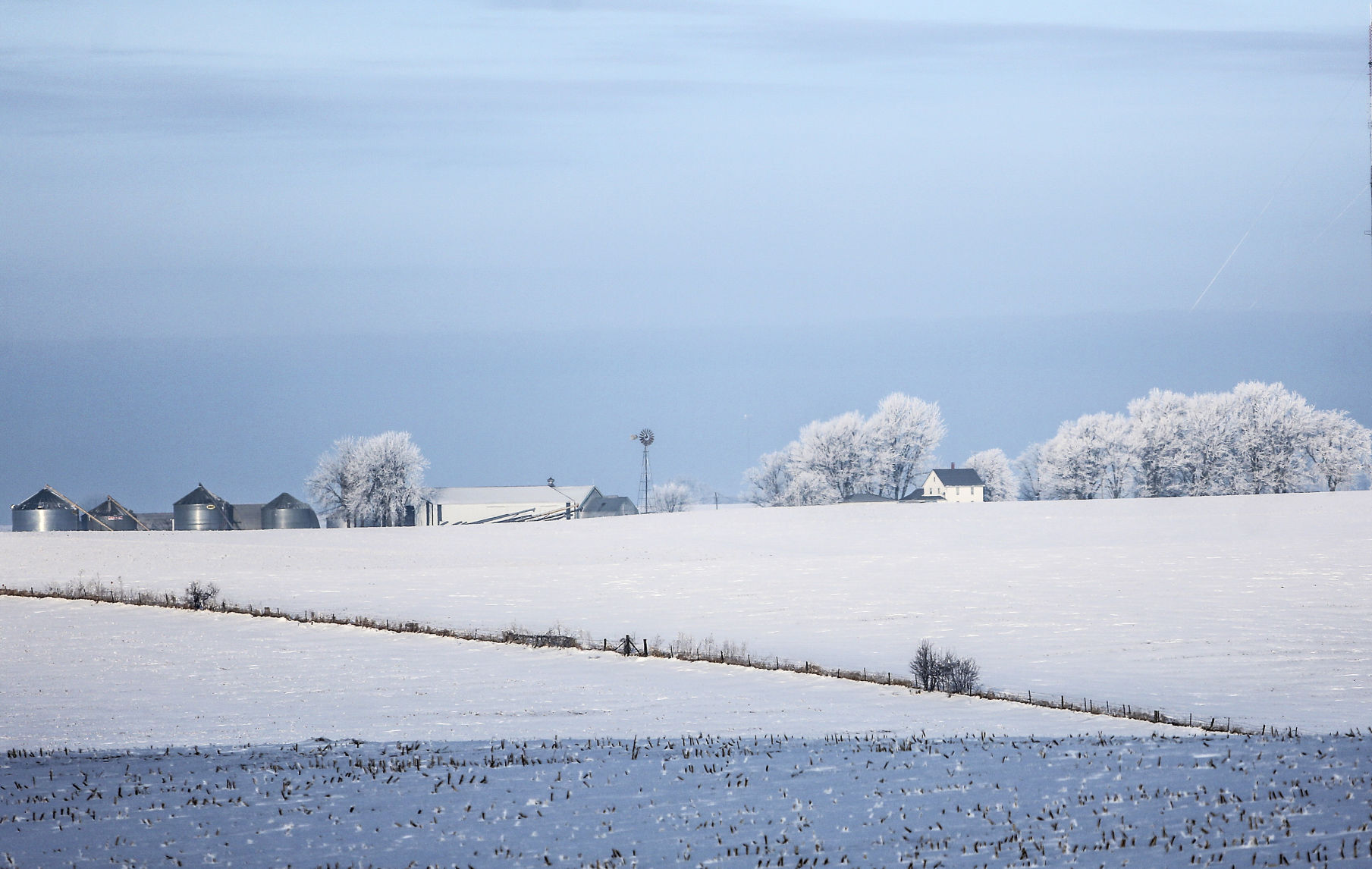At first glance, a year in which farmers experienced growing income and declining bankruptcies would seem to be cause for celebration.
Local farmers, however, caution that their reality is a bit more precarious. And while they are heartened by a possible return to normalcy, they remain acutely aware that multiple years of recent financial struggles leave little room for error in 2021.
A recent report from the U.S. Department of Agriculture projected that farmers would end 2020 with a higher profit than the previous year. Net farm income reached nearly $120 billion last year, which is 43% higher than the 2019 tally and the largest level since 2013.
Meanwhile, the number of family farm bankruptcy filings declined from 567 in 2019 to 523 last year.
Both trends, however, were heavily influenced by $46.5 billion in government support for agriculture, a safety net that made it more likely farmers could turn a profit and less likely they would lose their property. Much of the funding was tied to programs launched due to the COVID-19 pandemic.
The $46.5 billion represents the largest direct-to-farm payment ever and made up nearly 40% of farmers’ income in 2020.
Projected farm receipts from product sales –- a figure excluding government aid — showed that U.S. farmers sold about $3 billion less than the previous year.
Dubuque County Farm Bureau President Craig Recker said a similar bailout in 2021 is highly unlikely.
“I don’t foresee federal payments coming like they did in 2020,” he said. “Last year was an election year, and they wanted to keep their voters happy. There isn’t another election for two years, so I think they are going to be more careful with where that money is designated.”
Recker emphasized that all farmers would prefer to rely on “good markets” to make their living, rather than depending on the government to bail them out.
However, the past few years have hammered home how volatile those markets can be.
“We’ve had three years in a row when none of the commodities are profitable,” Recker said. “They are just markets where you try to get by.”
Even in lean years, however, farmers need capital to maintain facilities and equipment. Recker said this dynamic is pushing many in the agriculture industry into debt.
“I am sure there are a lot of guys who are leveraged pretty good right now,” Recker said.
Long before COVID-19 arrived in the U.S., there were multiple factors driving down various commodity prices, including a protracted trade dispute between the U.S. and China that limited the end markets available to crop producers.
The pandemic complicated things further.
Dubuque County farmer Wayne Kramer recalls that 2020 actually got off to a promising start before the virus wreaked havoc.
“January looked great, and then COVID hit,” he recalls. “The milk companies that sold to schools no longer had a place to sell it. Then, workers at the processing facilities started getting COVID, and suddenly, your cattle farmers and hog farmers had nowhere to go with them.”
When he takes inventory of the current market, Kramer sees reason for both optimism and skepticism.
Grain prices recently improved, thanks to renewed interest from China and lingering supply issues tied to last year’s derecho. Kramer noted that beef prices also are trending nicely.
But the unpredictable nature of the current markets can make it hard for one to feel confident, Kramer said. He noted that an uptick in input costs —including items such as fertilizer and fuel — can quickly eat away at narrow profits.
Many farmers are finding themselves in that very situation, he said.
“A lot of them are running into the red,” Kramer said. “That is why a lot of them needed that (government) help. Otherwise, they would be headed toward bankruptcy.”
Even so, the agriculture community is finding reasons for optimism in a new year.
Recker said the current status of commodity prices gives him hope that 2021 “can carry itself without any government payments.”
Meanwhile, progress on COVID-19 vaccinations has sparked optimism about a return to normalcy.
“This virus has cost farmers a lot of money, and we’ve got to get that under control,” he said. “We need to get people out there driving, putting fuel in the car; we need to get restaurants open, and that will bring back the markets where farmers can sell their products.”


